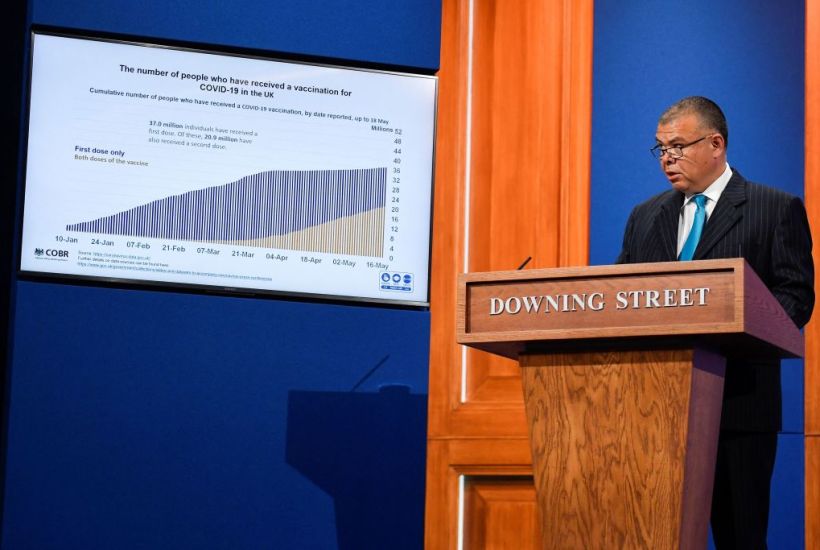It is hard to remember a time when the daily drip of Covid statistics was not part of our lives. Since March 2020, we have been greeted every afternoon with a stream of government released data filling us in on the number of infections, hospitalisations and deaths. But how necessary is it today?
With a current seven-day average of only seven Covid deaths a day, the lowest level since 15 March 2020, what do we stand to gain by continuing with this current approach? It is becoming increasingly apparent that the Indian variant is not going to swamp hospitals – and that concerns about fully unlocking on 21 June are over-egged.
Even if this particular variant does prove to be more transmissible, the effectiveness of the vaccines prevents it from being of much concern. It is highly unlikely we will ever return to the numbers of infections and deaths that were seen in the first and second waves.
So with life now beginning to return to normal with the recent opening of pubs and restaurants indoors – and with many people returning to their place of work – it seems incongruous that we are still being fed this particular daily Covid report.
Prior to Covid there were around 1,444 deaths each day in England & Wales, of which more than 450 deaths were due to cancer, and yet we did not receive a daily breakdown on the total numbers or the causes of these deaths.
As a cancer specialist, I know the importance of delivering bad news appropriately to protect patients’ mental wellbeing. Today, at a time when there is great mental fragility in the population after more than a year of lockdown restrictions, it is time to change the Covid messaging.
Yes, at the peak of the pandemic, while we were trying to save the NHS, daily Covid information was useful to explain and seek support for the restrictions and national lockdowns. Now, however, they are simply no longer relevant for the population at large.
Most people are more interested in the effectiveness of the vaccination programme and when life can return to normal at home, at work and on holiday.
So with the number of daily Covid deaths in single figures, perhaps a new set of metrics should evolve that showcase the success of the vaccination programme and which encourage a high acceptance rate when invited. The government should change tack and instead present the percentage of people who have symptoms and the percentage who have been vaccinated by age group.
For those who were hospitalised, it would be more encouraging to hear the percentage who survived and were discharged back home.
It would make more sense for the current daily statistics to be presented to NHS and hospital managers and, for the sake of transparency, to give the public access to weekly or monthly data that summarises the numbers of infections, hospitalisations and deaths.
This change from a negative to a positive approach will resonate with all doctors who discuss results with their patients. There is a good reason why cancer specialists discuss with their patients the chances of survival, rather than the risk of death: it is to help the patient feel positive about their prognosis and future.
The virus is likely to remain with us for a number of years, endemic in the community. Although we might need regular vaccinations or boosters, we must not let it continue to dominate our lives.
<//>
Got something to add? Join the discussion and comment below.
Get 10 issues for just $10
Subscribe to The Spectator Australia today for the next 10 magazine issues, plus full online access, for just $10.




















Comments
Don't miss out
Join the conversation with other Spectator Australia readers. Subscribe to leave a comment.
SUBSCRIBEAlready a subscriber? Log in